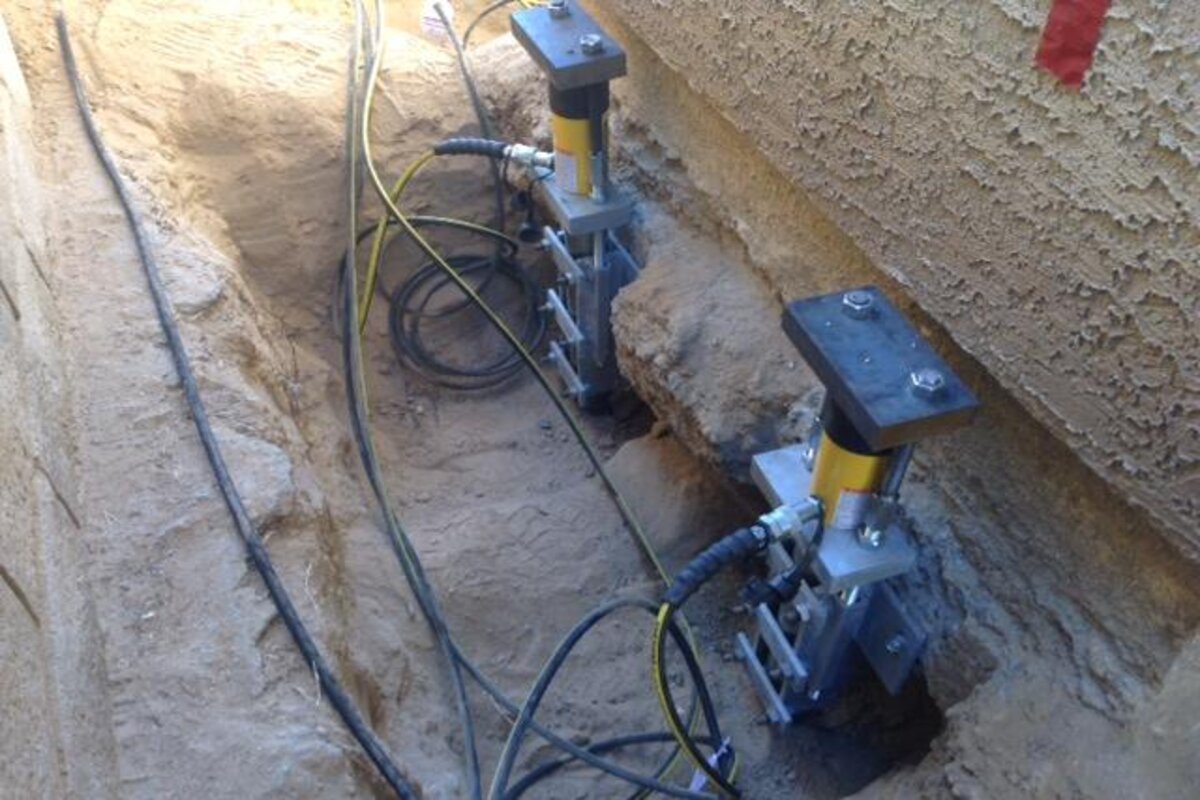A sinking concrete slab is more than just an unsightly issue—it’s a potential hazard that can lead to further damage and costly repairs if left unaddressed. Fortunately, there’s a cost-effective solution that doesn’t involve replacing the entire slab. Lifting a concrete slab can restore its level and stability, ensuring the safety and aesthetic appeal of your surfaces. In this guide, we’ll explore the reasons why concrete sinks and provide a comprehensive step-by-step process to lift a concrete slab back to its original condition.
Why Does Concrete Sink?
Understanding why concrete slabs sink is essential before you begin the lifting process. The primary causes include:
- Poor Compaction: If the soil or gravel base beneath the concrete slab wasn’t properly compacted during installation, voids can form, leading to sinking.
- Soil Erosion: Water from rain, irrigation, or leaky pipes can erode the soil supporting the slab, causing it to settle and sink.
- Heavy Loads: Excessive weight on the concrete slab, such as vehicles or heavy equipment, can compress the soil and create voids.
- Freeze-Thaw Cycles: In colder climates, the expansion and contraction of water within the soil can shift and destabilize the slab.
How to Lift a Concrete Slab
Step 1: Drill Holes
The first step in lifting a concrete slab is to drill small, evenly spaced holes through the slab. These holes, typically about the size of a dime, serve as entry points for the lifting material. Place them approximately three to eight feet apart, depending on the slab’s thickness and size.
Step 2: Insert Delivery Ports
Once the holes are drilled, insert tapered delivery ports into each hole. These ports will connect to the injection gun that delivers the lifting material underneath the slab.
Step 3: Inject Lifting Material
The next step is to pump the lifting material through the delivery ports and into the voids beneath the slab. Polyurethane foam is a popular choice for this process due to its fast expansion and lightweight properties. Start the injection at the lowest point of the sunken area to ensure even lifting.
Step 4: Monitor the Raising Process
As the polyurethane foam expands, it will lift the slab gradually. Monitor this process closely, making incremental injections to avoid over-lifting or cracking the slab. Adjust the injection points as necessary to achieve a level surface.
Step 5: Patch the Holes
After achieving the desired level, remove the delivery ports and patch the holes with a suitable mortar mix. Smooth the surface to match the surrounding concrete for a seamless finish.
Benefits of Concrete Lifting
Lifting a concrete slab offers several advantages over replacement:
- Cost-Effective: Lifting is significantly cheaper than replacing the entire slab.
- Quick Process: Most lifting projects can be completed in a few hours, and the treated area can be used immediately after.
- Minimal Disruption: The process requires small injection holes, causing minimal damage to the surrounding area.
- Durable Solution: Polyurethane foam is long-lasting and resistant to erosion, providing a permanent fix.
When to Call a Professional
While DIY concrete lifting can be a feasible option for minor issues, hiring professionals is advisable for larger projects or complex situations. Experienced contractors have the expertise and equipment to ensure the job is done correctly and efficiently. At The Driveway Company, we specialize in concrete lifting and leveling, using high-quality materials and techniques to restore your surfaces to their original condition.
In Summary
Lifting a concrete slab is an effective way to address sinking and uneven surfaces without the need for costly replacements. By understanding the causes of sinking and following the proper lifting techniques, you can restore the safety and appearance of your concrete surfaces. For expert assistance and guaranteed results, contact us today.

